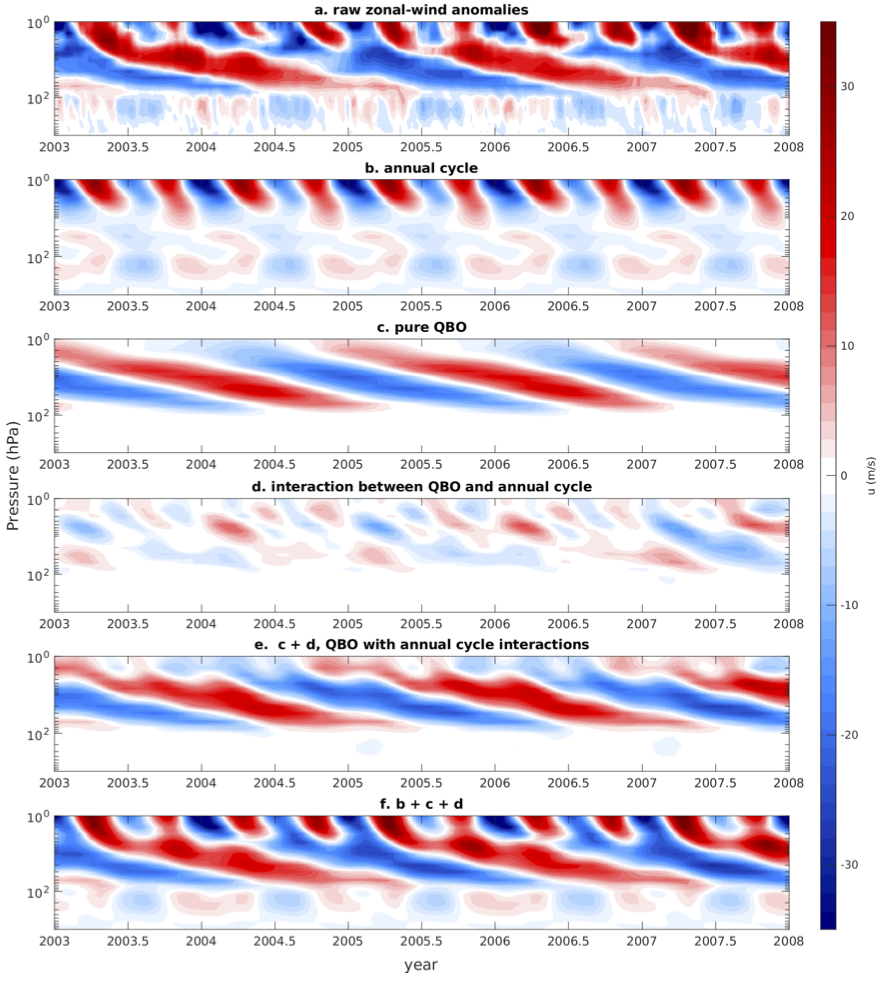Is our dynamical understanding of the circulation changes associated with the Antarctic ozone hole sensitive to the choice of reanalysis dataset?
Published:
The short answer is: no! For a longer, more complete answer, please see our new paper on the representation of the stratospheric ozone hole on the Southern Hemisphere in the four latest atmospheric reanalyses, just submitted to Atmospheric Chemistry and Physics.
Atmospheric reanalyses provide a complete estimate of the actual atmospheric state based on all available observations. The consistency between four different products – particularly with respect to dynamical trends that are cannot directly be observed – gives us greater confidence that we have a good handle on the state of our atmosphere. Moreover, the trends we see in the reanalyses are consistent with our mechanistic understanding of the circulation response to the ozone hole.
This study was led by Andrew Orr at the British Antarctic Survey, and was the product of a collaboration with Hua Lu, Patrick Martineau, Gareth Marshall, and Thomas Bracegirdle (all at BAS with the exception of Patrick, who is based at the Japan Agency for Marine-Earth Science and Technology). It came out of the SPARC Reanalysis Intercomparison Project, a multiyear effort to assess the representation of the stratosphere in the atmospheric reanalyses. The Antarctic stratosphere is perhaps one of the most remote parts of the atmosphere, and it is encouraging that we appear to have sufficient observations (largely from satellites) to capture it’s variability and trends.




